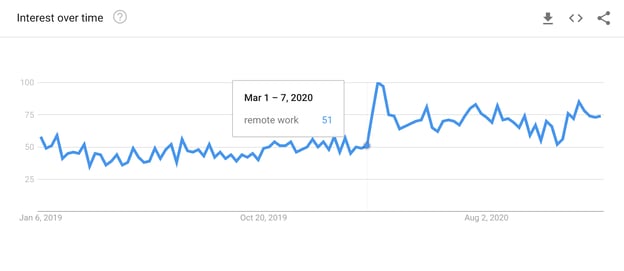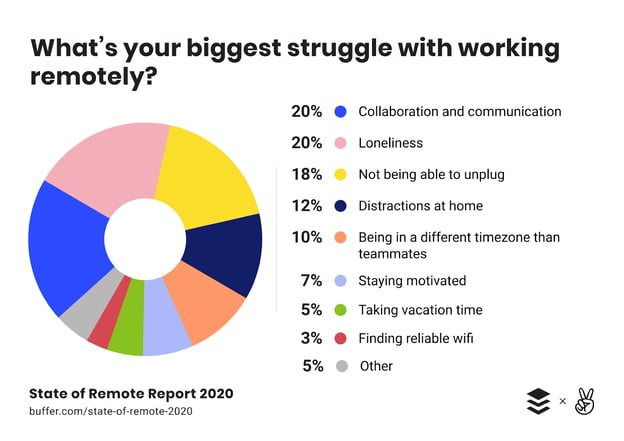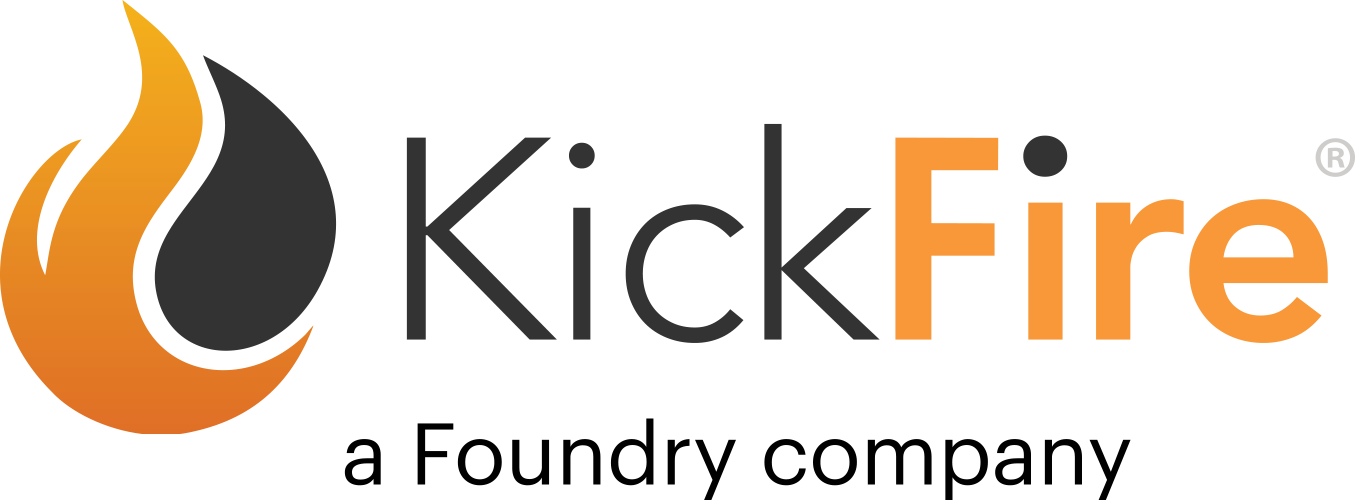Drawing in large amounts of traffic to your website is great, but getting your content to resonate with as many people as possible is a separate challenge. Marketers have been addressing this with personalization, A.K.A. crafting specific types of content for certain audiences and creating a personalized user experience.
And newsflash: it’s super effective. 75% of consumers are more likely to buy from a company that recognizes their name, and 52% of consumers are likely to switch brands if a company doesn’t personalize their communications.
If you’re not already personalizing your content, you’ll want to start doing so. That’s why we’ve laid out five ways to personalize your content quickly and effectively.
1. Listen to your customers over the phone
When your customers call you, they’ll probably share their honest experiences with your product and brand during your conversation. Whether you’re sitting in on live sales calls or listening to call recordings, it’s important to pay attention to what they’re telling you.
Listen to their pain points, what they enjoy, as well as their suggestions on how to improve your service or product. Document this feedback and refer back to it in order to personalize your blog posts, create compelling landing pages, and even edit your website’s homepage copy.
Going with a business phone system provider is the best way to listen in on customer phone calls and extract insight. You can go with a system that’ll allow you to listen to any customer call dating back to six months and pull out common themes to help build content that will resonate with specific industries and job titles.
2. Analyze your content data
What sort of content does your audience read the most? What are their interests? Did they download marketing assets? Did they fill out particular lead forms?
These are questions that you should consider when personalizing your content. Examine your top-performing website pages, ads, social media posts, and blog posts. This type of data is accessible in the backend of most content management systems or tools like Google Analytics if you have the right events set up.
By leveraging first-party intent across your website, you can gather firmographic data like revenue, industry, employee count, tech stack, and geolocation that can allow you to really hone in content personalization, especially for B2B audiences. With all this data at hand, you can now draw patterns on which content is preferred by your audience.
Firmographics even allow you to serve up dynamic content. For example, if someone visits your site and you know they’re a small business with less than 50 employees, they can be served dynamic content that fits their profile rather than a profile of an enterprise visitor. Instead of bland homepage copy, it now says, “Remote work solutions for small businesses on a budget.”
3. Stay on top of industry trends
If you weren’t already on top of industry trends, 2020 should’ve taught you just how fast things can change. In fact, look at the surge in demand of “remote work” content pre-and-present pandemic in the Google Trends chart below:
You’ll be hard-pressed to not find SaaS sites reference remote work somewhere on their websites today. This shows us the importance of staying on top of industry trends and movements in the marketplace, and it’s a great way to approach content personalization. But how do you identify trends? Below are a few common ways:
- Read reputable industry research reports. For example, third-party sources like Gartner, Forrester, IDC, and others are phenomenal sources for market trends. Their analysts are highly skilled at forecasting trends 3-5 years down the road.
- Read reputable industry publications. For example, if you’re a sales and marketing brand, subscribe to newsletters from Saleshacker, Salesforce, HubSpot, and other brands with authoritative voices in the market.
- Read reputable news publications like Bloomberg, Forbes, CNBC, and others. This a great way to get a pulse on consumer behavior in particular industries.
- Follow your data. If you’ve been noticing patterns in your marketing and sales data, don’t hesitate to act on it. It helps to have a data analyst on hand to mathematically confirm patterns and trends.
4. Run content surveys to your audience
Surveys aren’t just for gathering customer service metrics like CSAT or NPS. You can use surveys to get original qualitative and quantitative data and turn this data into content your audience will actually enjoy reading.
A good example of a brand that runs surveys and repurposes them into content is Buffer. Below is part of their State of Remote Report 2020 where they collected responses from more than 3,500 remote workers, blasted the report to publications, and ran a personalized content campaign on their blog.

In the chart above, we see that Buffer respondents said that ‘loneliness’ was one the second most prominent challenge of remote work. Buffer took this data and wrote the blog below:

Surveys are a great way to get content ideas directly from your target audience without explicitly asking them. Writing personalized content that you know speaks directly to them is always a great way to turn occasional visitors into repeat readers, prospects, and even customers.
5. Use email segmentation
Personalization is the key to increasing engagement with your email marketing. Emails with customized subject lines are 26% more likely to be opened, and personalizing your email content can boost transaction rates up to six times over.
You can target specific subsets of your audience with segmentation. Most email software today allows you to segment email campaigns to your audience based on their content preferences.
Before you can segment your list effectively, you’ll need to collect data on your audience. You can do this by adding specific questions to your email sign-up form, adding software integrations that track subscriber activity on your website, or by asking your subscribers to select their own content preferences when they sign up to receive communications from you.
Once you’ve collected data on your subscriber list, you can build segments. Some of the most common criteria you can use to create segments are: job title, company, employee count, industry, content visited, content downloaded, ads clicked, etc.
It’s time to make your content personal and memorable
Every brand’s audience is different, and your audience might even vary between your marketing channels. In a world where everyone is competing for consumers’ attention, make your brand stand out by drawing insights from both qualitative and quantitative data, keeping your content up to date, segmenting your email list, and creating branded social media templates.
Plus, the door between you and your customers is always open – if you’re not sure what they’d like to see from you or if they like what they’re currently seeing, ask them when they call you or start a survey to collect their insight. Your audience is often your best source of content inspiration.
About the author
 Devin Pickell is a Growth Marketer at Nextiva. He combines his skills in content marketing, SEO, data analysis, and marketing strategy to meet audiences at the right moment in their journey. He has helped scale SaaS brands like G2 and Sphere Software, and contributed to G2's traffic growth of more than 1 million visitors per month.
Devin Pickell is a Growth Marketer at Nextiva. He combines his skills in content marketing, SEO, data analysis, and marketing strategy to meet audiences at the right moment in their journey. He has helped scale SaaS brands like G2 and Sphere Software, and contributed to G2's traffic growth of more than 1 million visitors per month.
